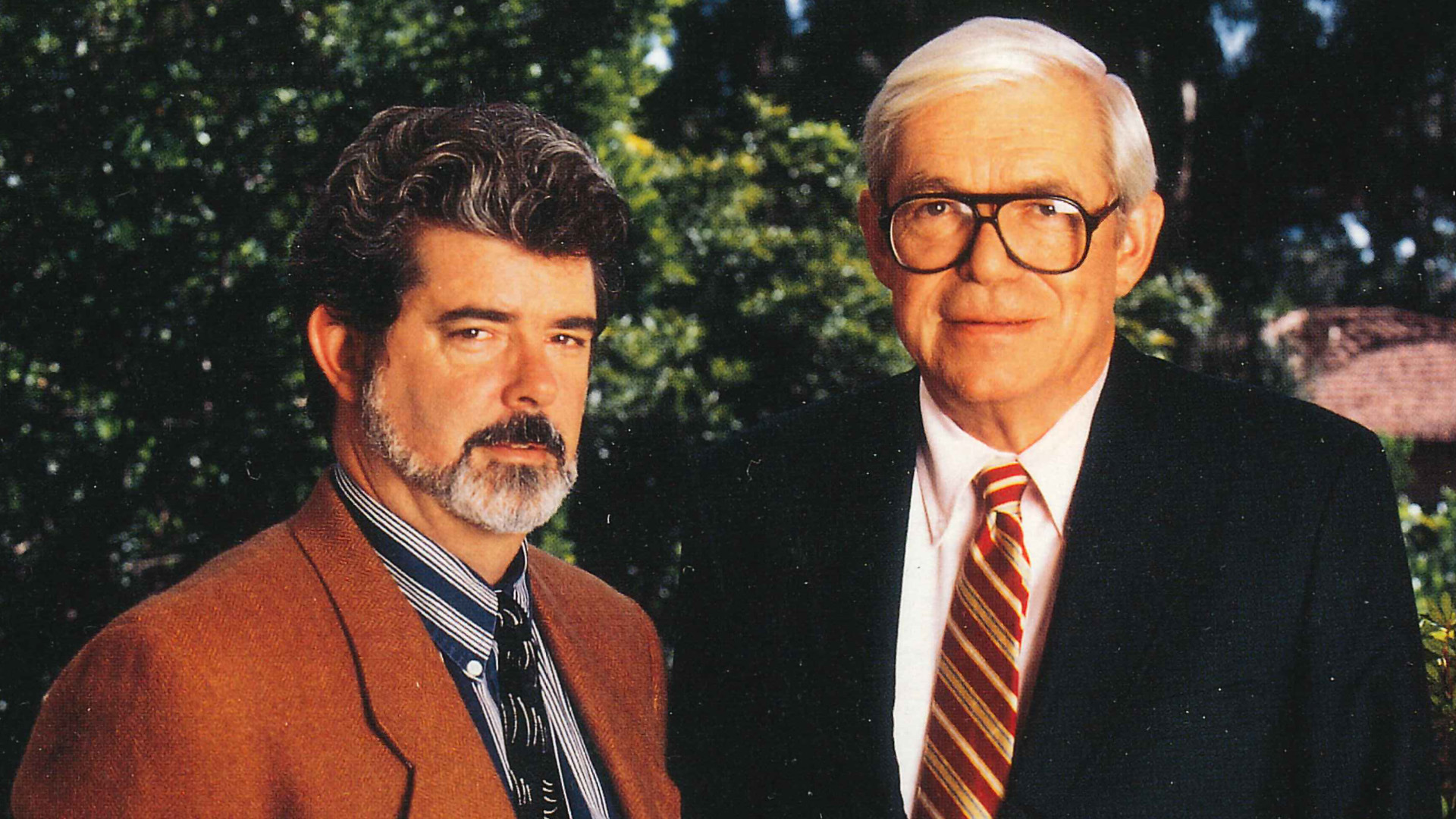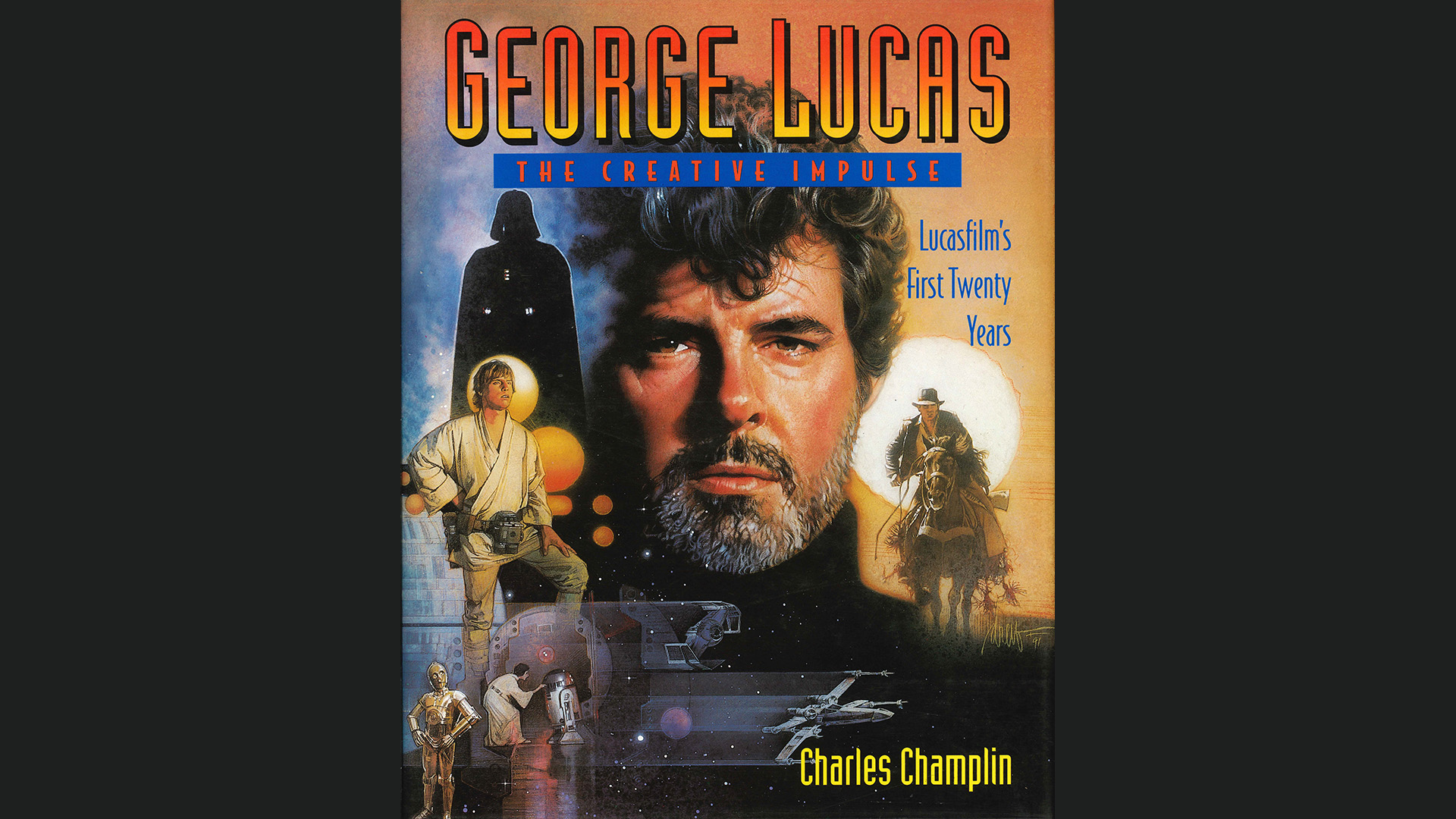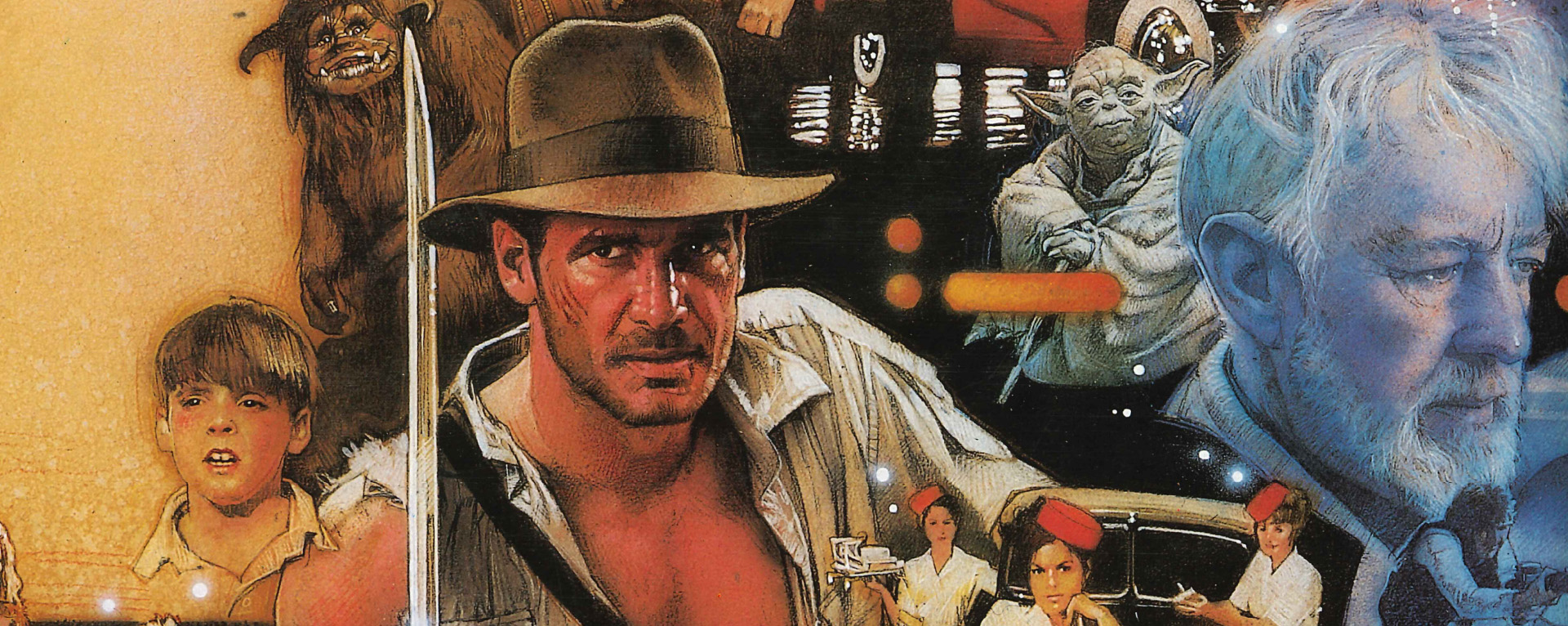History in Objects: The Creative Impulse
The Book by a Noted Critic Marked Lucasfilm’s First 20 Years
“History in Objects” is a continuing series exploring Lucasfilm’s legacy stretching from our founding in 1971 to today. Through objects both rare and commonplace, the company’s past, present, and future are brought to life.
A classic from Lucasfilm Publishing is George Lucas: The Creative Impulse. Published in 1992, the illustrated history covered Lucasfilm’s 20 years of storytelling and innovation since the company’s founding in 1971. The concept originated with Lucy Autrey Wilson, one of Lucasfilm’s first permanent employees who had advanced to lead the company’s publishing team. Lucasfilm had never issued an official account of its own history before.
Author Charles Champlin (1926-2014) was a celebrated writer and film critic for the Los Angeles Times who first became aware of George Lucas in the 1960s when the young filmmaker was a student at the University of Southern California. Champlin was impressed with his work from the start. Years later, Lucas himself would recommend Champlin as the author for The Creative Impulse.
Champlin conducted extensive interviews for the book. As he would tell the Lucasfilm Fan Club, “George wanted to have a lot of attention on the people who worked with him; after all, it is a collaborative business and he is very grateful to those who have been with him for a long time.”
In the early 1990s, Lucasfilm had never been busier. George Lucas and the production team were making The Adventures of Young Indiana Jones (1992) for television. Industrial Light & Magic was innovating digital visual effects for feature films, including a new project for Steven Spielberg: Jurassic Park (1993). Skywalker Sound opened a second facility in Los Angeles and showcased the new SoundDroid editing tool. Lucasfilm Games released classics like The Secret of Monkey Island (1990) and Day of the Tentacle (1993). The novel Star Wars: Heir to the Empire (1991) was published, launching a new era in Star Wars storytelling. And there was even more activity involving educational programs, theme park attractions, and the THX sound system.
The book managed to distill this bustling activity into a concise portrait of a company coming into its own. “The world of George Lucas has changed almost unimaginably since he began work on his first commercial success, American Graffiti, in 1971,” Champlin explained. “What the creative imagination, linked to the swiftly expanding capabilities of visual technology, will produce in a further 20 years is impossible to guess. But it will be engrossing to watch.”
The Creative Impulse was a success and published in two editions. Subsequently, Lucy Autrey Wilson was eager to expand the history in greater detail. The Cinema of George Lucas by Marcus Hearn would be published in 2005.


Lucas O. Seastrom is a writer and historian at Lucasfilm.

